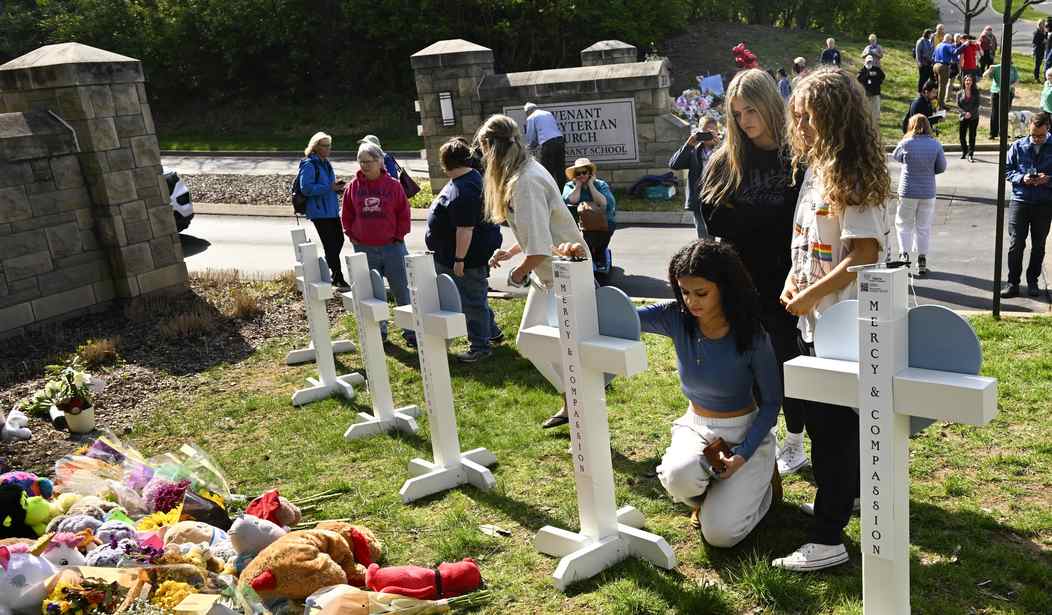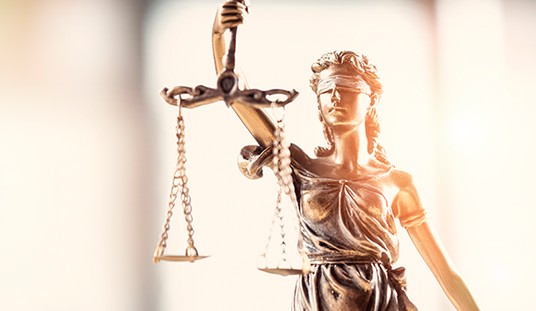The nation is still waiting to see whether the Nashville shooter’s manifesto will ever be released to the public. Currently, the issue is tied up in the court system and an appeals court will eventually decide what will happen to the shooter’s writings. But, regardless of how the court decides, it still brings up an important issue when it comes to mass shootings and other such tragedies that occur far too often in America.
When one takes politics out of the equation, the decision over whether to publicize the manifesto or to keep it concealed is not as easy to hash out as it might seem.
On Monday, both sides of the argument were presented in a Tennessee appeals court after a lawsuit was filed to obtain the release of the shooter’s writings.
The legal action is a response to refusals to comply with a Freedom of Information Act request to disclose records related to the shooter. The panel has not yet issued a ruling, but it is possible that we might be a step closer to understanding the shooter’s motives.
Monday a three judge panel heard arguments from those who want the writing's released, and others who say that would only do more damage.
The appeals hearing stems from a lawsuit filed by the National Police Association against Nashville and Davidson County after a Freedom of Information Act request seeking records was rejected.
Early on in the investigation, Metro Nashville Police Chief John Drake said the shooter left behind a journal in the car at the school parking lot. The lawsuit filed on behalf of the National Police Association seeks to have the writings of shooter released to the public.
Let’s start with the argument that the manifesto should be released to the public. Proponents of this argument argue that letting the public see the documents would provide invaluable insights into the mind of the shooter. It’s a straightforward enough argument. Understanding what led to the shooting might help the government stop future atrocities and save lives. For instance, if it is revealed that a shooter adhered to a particular ideology, local governments could develop deradicalization programs or employ educational initiatives to counter these beliefs.
Not only could the documents help law enforcement prevent more mass shootings, but they could also lead to the creation of policies designed to intercept would-be mass shooters before they get to the point of committing murder. Moreover, knowing why the shooter did what she did could help parents, teachers, and others who interact with children on a regular basis. It might equip them with the knowledge necessary to spot the signs of a potential mass shooter.
On the other side of the coin, those arguing against the release of the manifesto contend that it could inspire other would-be mass shooters, leading to more lives being lost. This assertion is not new. Some studies have shown that the publicization of shooters by the media tends to motivate other troubled individuals to seek infamy by committing mass murder.
Two weeks after the Parkland school shooting on Valentine’s Day in 2018, 638 copycat threats targeted schools nationwide. These threats are often jokes or hoaxes that spread through social media, but they can still be harmful.
As long as the media continue to focus their news stories on the attacker, it is likely that these copycats will continue. Dr. Adam Lankford of the University of Alabama has conducted several key studies of the media coverage of mass shootings and the motivations of the shooters. For example, he found that between 2010 and 2017, some mass shooters got more media attention in the month following the attack than the most famous celebrities, such as Brad Pitt. In the months following a shooting, the shooters continued to get more attention than professional athletes and only slightly less than film and TV stars. Other researchers have found that the more people who are killed in mass shootings, the more media coverage of the shooters and the event, in terms of front-page coverage, photos and information about the shooters, size of the photos of the shooters, and number and length of the articles about the shootings.
Lankford also studied 24 mass shooters who openly admitted they wanted fame or contacted the media directly to get it. Studies of mass shooters that are based on available documentation and interviews found that many had narcissistic personalities that crave fame and attention; narcissistic personality disorder is often not considered a mental illness.
Of course, it is also worth noting that it is the media’s sensational reporting that has inspired some mass shootings, not necessarily the release of their writings explaining their actions.
The issue of the public’s right to know also comes into play. Transparency from the government is of tantamount importance to many Americans. The fact that the local police department refused to release the manifesto even after a Freedom of Information Act request has rubbed many people the wrong way. It has led to speculation that the secrecy is motivated by political concerns, particularly because the shooter was transgender.
This debate highlights the tension between the public’s right to know and public safety. Yet, it is difficult to completely divorce politics from this incident given that, in almost all other cases, the authorities have released the manifestos and writings of other mass shooters – especially those who were motivated by bigotry. Still, given the valid arguments on both sides, I would still lean in favor of transparency. The public does have a right to know why a member of their community decided to perpetrate such a vicious and brutal act. Also, having more information can help lead to solutions rather than concealing it for an illusion of safety.













